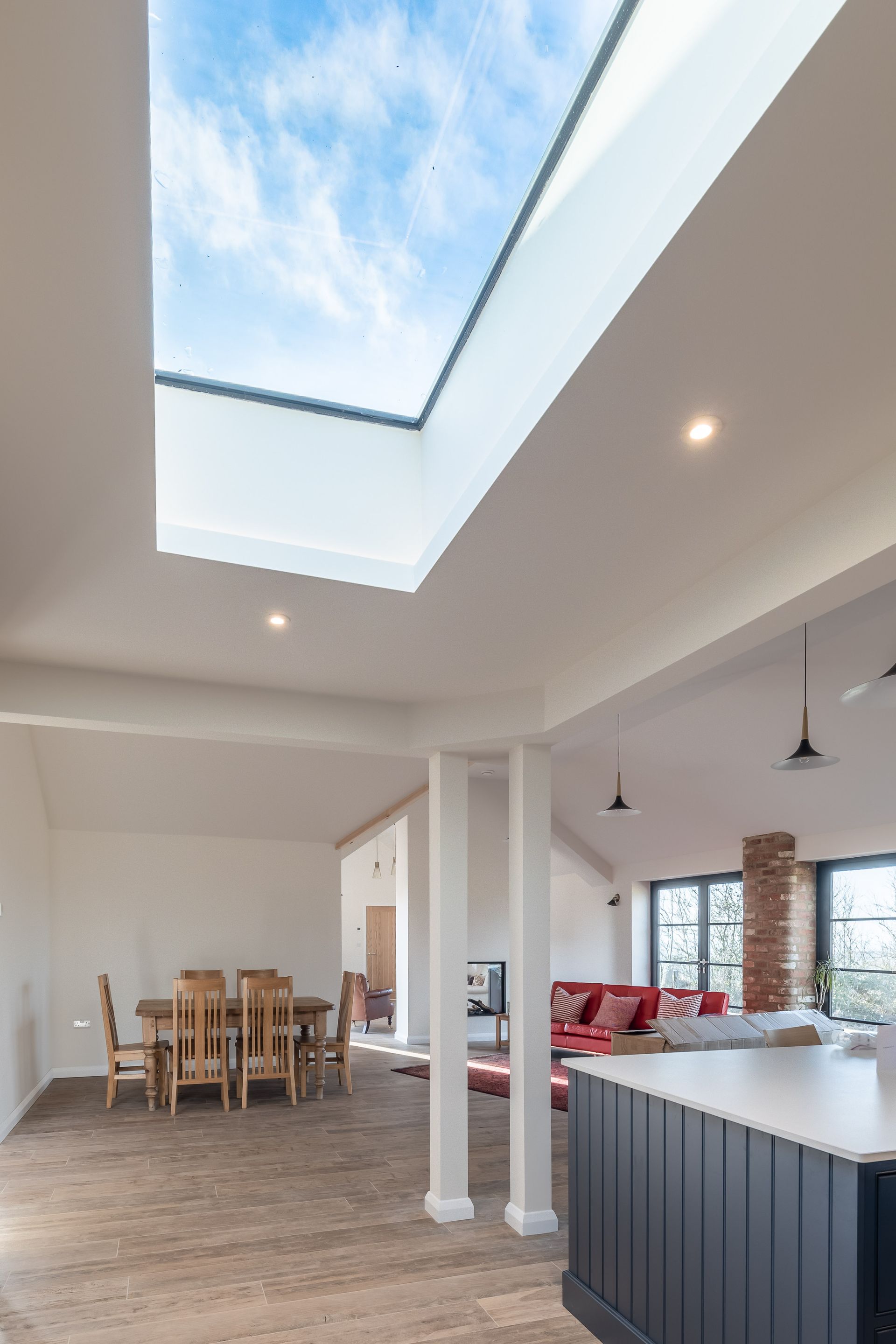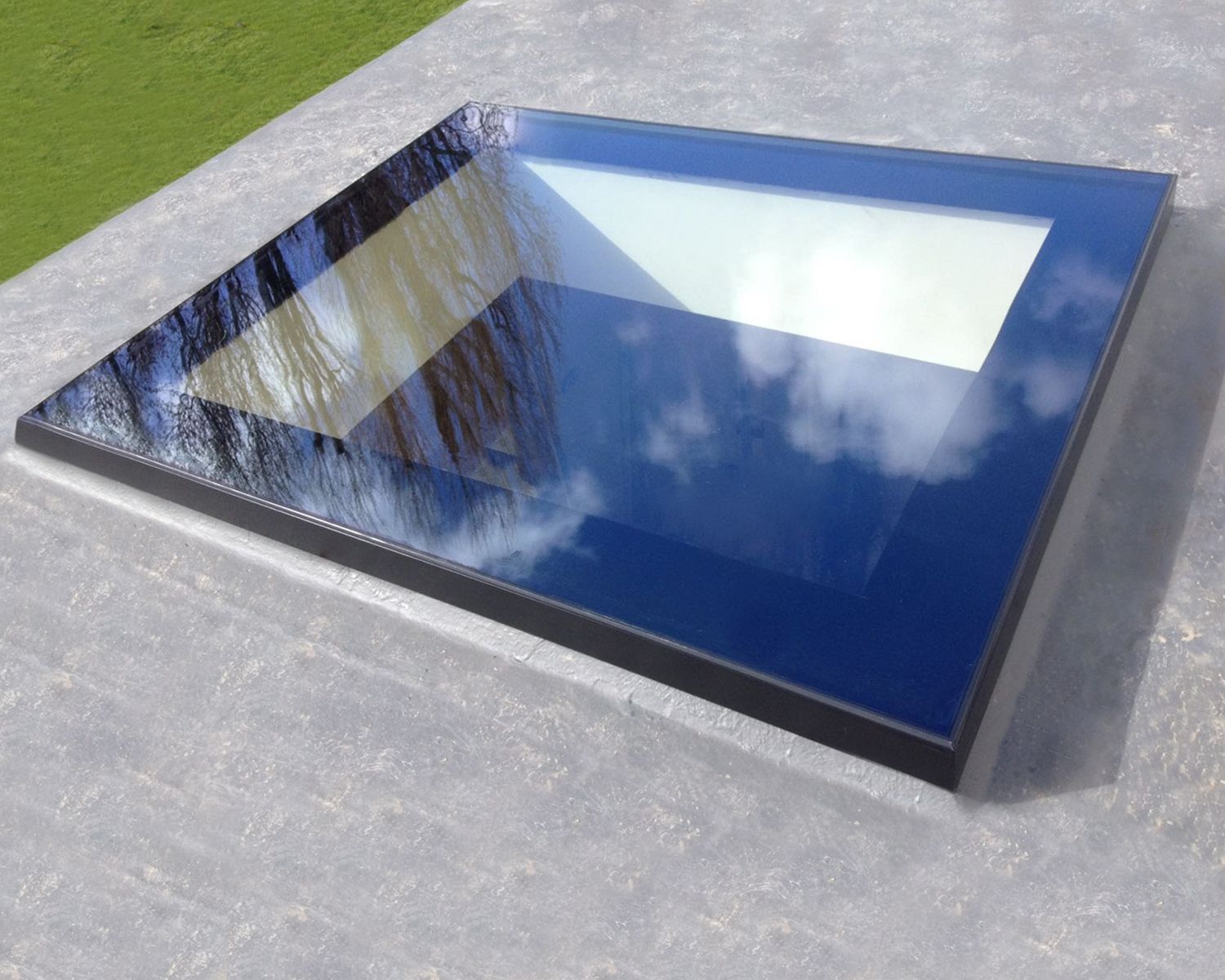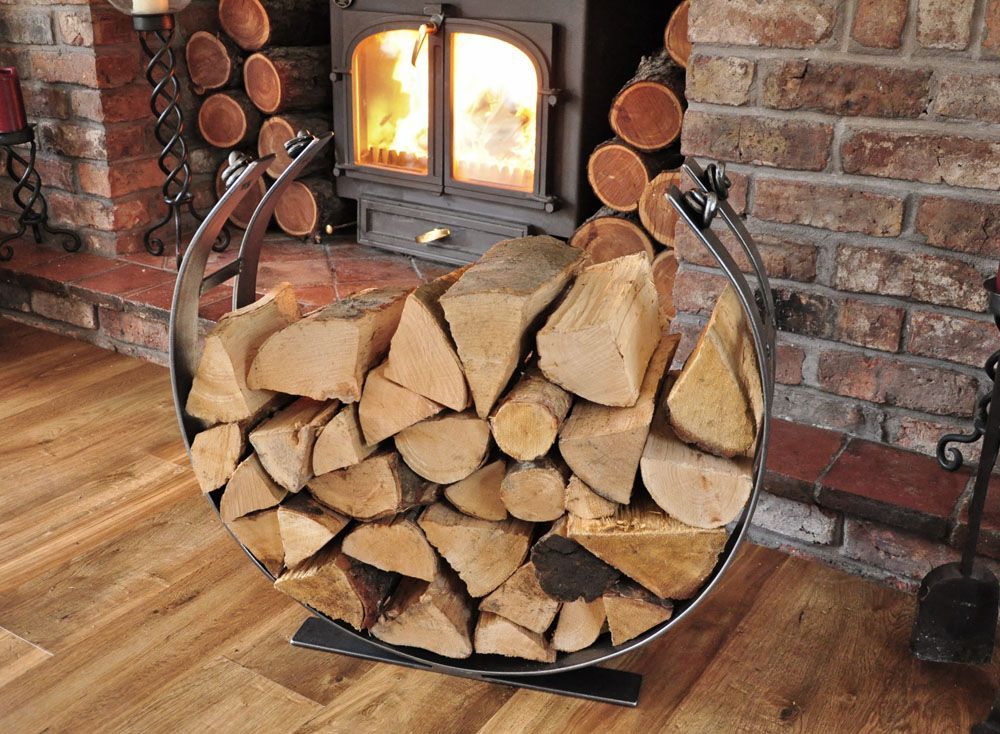Another Brick in the Wall
Cast iron airbrick vents stand as silent witnesses to the evolution of architecture and the ingenuity of design in heritage properties. These vents, with their historic origins and functional significance, hold a unique place in the realm of architectural heritage. Let's explore their origins, purpose, and role in the preservation of heritage properties.
Origins of Cast Iron Airbrick Vents:
The roots of cast iron airbrick vents can be traced back to the 19th century, a period marked by industrialization and advancements in architecture. The Industrial Revolution brought about a shift in construction techniques, leading to the incorporation of cast iron in various architectural elements, including airbrick vents.
Purpose and Function:
1. Ventilation and Air Circulation: Cast iron airbrick vents serve the crucial function of allowing air circulation within buildings. They facilitate ventilation, ensuring a continuous flow of fresh air, which is essential for maintaining healthy indoor air quality and preventing dampness or condensation.
2. Prevention of Moisture and Dampness: In heritage properties, where traditional building materials are prevalent, controlling moisture is paramount. Airbrick vents play a vital role in preventing dampness by allowing moisture-laden air to escape, thereby preserving the structural integrity of the building.
3. Temperature Regulation: These vents aid in temperature regulation by facilitating airflow, helping to moderate indoor temperatures and preventing the buildup of heat.
Use in Heritage Properties:
Cast iron airbrick vents are integral components of heritage properties, blending functionality with architectural aesthetics. Their usage in these properties serves multiple purposes:
1. Preservation of Authenticity: Many heritage buildings boast original cast iron airbrick vents, preserving the authenticity and historical character of the structure. These vents are often considered architectural features in their own right, reflecting the craftsmanship of a bygone era.
2. Compatibility with Traditional Architecture: The design and aesthetics of cast iron airbrick vents align seamlessly with the traditional architecture of heritage properties. Their ornate detailing or simple yet elegant patterns complement the overall aesthetic, enhancing the visual appeal of the building.
3. Restoration and Replication: In cases where original vents are damaged or missing, restoration specialists replicate these vents to match the historical design and specifications, maintaining the authenticity of the property.
4. Structural Preservation: Effective ventilation provided by cast iron airbrick vents contributes to the preservation of heritage properties. By preventing moisture buildup and dampness, these vents help safeguard the structural integrity of historic buildings.
Maintenance and Conservation:
Preserving cast iron airbrick vents in heritage properties requires specialized care and maintenance:
1. Periodic Inspection: Regular inspections to check for damage, rust, or blockages in the vents are essential. Any issues should be addressed promptly to prevent further deterioration.
2. Cleaning and Restoration: Cleaning and restoring original vents or replicas using appropriate techniques and materials are crucial for maintaining their aesthetic appeal and functionality.
3. Protection Against Corrosion: Applying protective coatings or paints designed for cast iron can help prevent rust and corrosion, prolonging the lifespan of the vents.
Conclusion:
Cast iron airbrick vents are not merely functional elements but artifacts that embody the history, craftsmanship, and practicality of heritage properties. Their origins in an era of industrial innovation and their continued relevance in maintaining healthy building environments speak to their enduring legacy. Within the walls of heritage buildings, these vents stand as guardians, ensuring the preservation of both architectural history and the structural integrity of these cherished properties.






